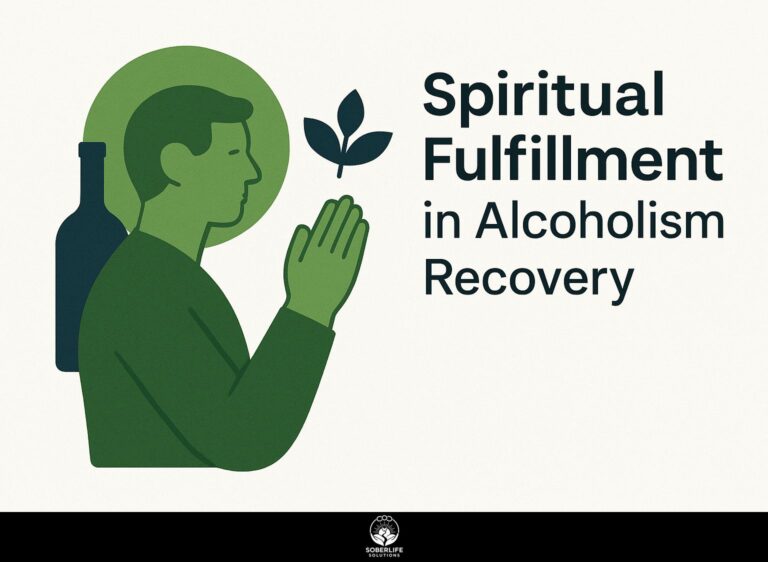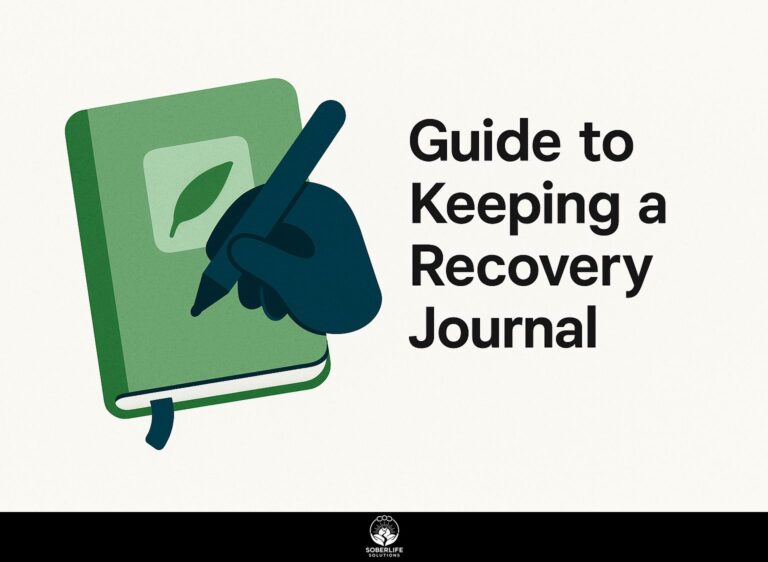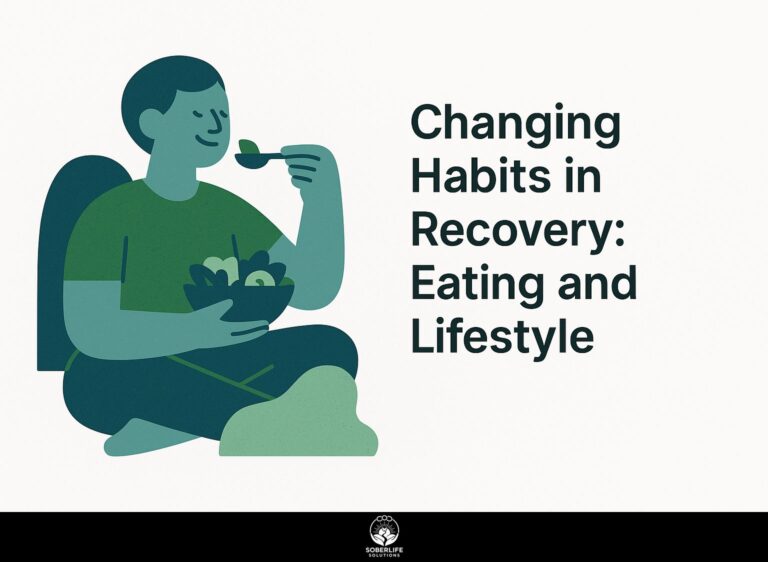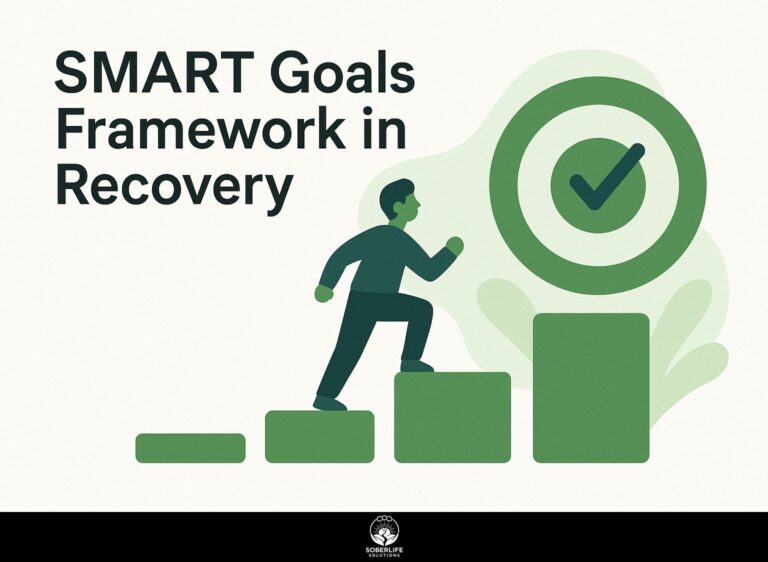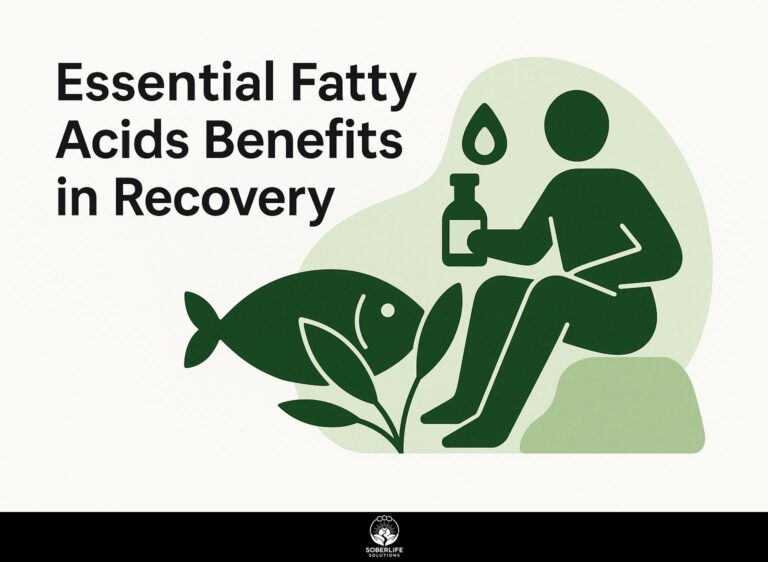Role of Aerobic Exercise in Relapse Prevention
Aerobic exercise is important for preventing relapse in addiction recovery. Regular physical activity helps with substance use disorders and improves mental health. This article looks at how exercise can help reduce cravings and strengthen your ability to resist substance abuse. By learning about the benefits of aerobic exercise, you will find practical ways to include movement in your recovery, leading to a healthier and more sustainable lifestyle.
Key Takeaways:
- Aerobic exercise significantly improves mental health, reducing anxiety and enhancing mood, which are critical factors in preventing relapse.
- Regular aerobic activity helps manage stress effectively, contributing to a healthier coping mechanism and decreasing the likelihood of substance use relapse.
- Establishing a consistent aerobic exercise routine, supported by community, can serve as a powerful tool in long-term relapse prevention strategies.
Definition and Importance
Relapse prevention means using specific methods to help people stay in recovery from addiction and avoid going back to using drugs or alcohol.
These strategies are important because research shows that about 40-60% of people go back to old habits within the first year of recovery. Useful methods include:
- Identifying triggers
- Developing coping strategies
- Seeking social support
Cognitive Behavioral Therapy (CBT) helps you change harmful thoughts. Following a consistent routine and participating in support groups like Alcoholics Anonymous (AA) or SMART Recovery can help you stay committed to sobriety. Notably, a study published in ScienceDirect highlights various determinants and the prevalence of relapse among patients, emphasizing the need for effective prevention strategies. Understanding triggers and how to manage them is a crucial aspect of successful relapse prevention.
By actively utilizing these tools, individuals can significantly reduce the chances of relapse.
Factors Contributing to Relapse
Key factors contributing to relapse include cravings, stress levels, and social influences, each affecting recovery differently.
Knowing these factors can help people stay focused. For example, cravings can be controlled by finding healthy activities, such as picking up a hobby or exercising.
You can lower stress by practicing mindfulness or exercising regularly, which can improve your mood. Having supportive friends or family is important.
Joining a support group, whether face-to-face or online, helps you stay accountable and build relationships that support your sobriety. Those who want to further explore these dynamics can benefit from understanding social life challenges solutions in recovery, which offer practical strategies for navigating relationships during recovery.
By addressing these triggers actively and with clear strategies, individuals can build a more resilient recovery plan.
The Science of Aerobic Exercise
Aerobic exercise helps improve physical health, supports mental well-being, and aids recovery, making it important in addiction treatment. According to a recent article by Mayo Clinic, engaging in regular physical activity can significantly alleviate symptoms of depression and anxiety, further highlighting its role in enhancing overall mental health.
Physiological Benefits
Regular aerobic exercise, such as running or cycling, improves cardiorespiratory fitness and can lead to a 20% increase in physical endurance over 3 months.
Building your endurance can benefit your health by reducing the chance of heart disease and aiding in weight management. For those in recovery, incorporating structured exercise routines can be particularly beneficial; you might find our insights on exercise strategies in addiction recovery helpful.
Activities like swimming or brisk walking also qualify as effective aerobic exercises. To reap maximum benefits, aim for at least 150 minutes of moderate-intensity aerobic activity weekly.
Practice interval training by alternating between running and jogging to burn more calories and improve your heart health.
These methods will help you become fitter and improve your mental health because exercising releases endorphins.
Psychological Benefits
Aerobic exercise improves mood and lowers anxiety by raising serotonin and dopamine levels, which helps reduce the chances of relapse.
Just 30 minutes of aerobic exercise, such as jogging or cycling, can greatly improve your mental health. For instance, according to the American Psychological Association, working out significantly boosts brain health.
Studies show that participants often experience a notable increase in self-esteem and resilience after consistent aerobic workouts. For example, a recent study found that individuals who exercised regularly reported a 25% decrease in anxiety levels.
To maximize these benefits, aim for at least 150 minutes of moderate-intensity aerobic exercise weekly, using tools like fitness trackers to monitor progress and maintain motivation.
Aerobic Exercise and Mental Health
Including aerobic exercises in treatment plans can greatly help improve mental health, especially in dealing with anxiety and depression.
Impact on Mood and Anxiety
Studies show that engaging in moderate-intensity aerobic exercise for just 30 minutes daily can lead to a 30% reduction in anxiety symptoms. This is particularly beneficial for individuals looking to improve their mental health, especially in contexts such as addiction recovery. For more insights on this, you might want to check out our guide on how to address anxiety and wellbeing in AUD recovery.
To make the most of this mood-lifting benefit, try doing things like jogging, cycling, or swimming.
Start with a 10-minute warm-up, then do 20 minutes of moderate exercise that increases your heart rate but allows you to hold a conversation.
Aim for consistency by scheduling your sessions at the same time each day, whether in the morning or after work.
Using apps like MyFitnessPal to monitor your progress can help you stay motivated and recognize small achievements, which can improve your mental well-being.
Role in Stress Management
Aerobic activities can significantly lower stress levels, with research indicating a 25% reduction in stress markers in participants after consistent activity.
To enjoy these benefits, think about adding activities like brisk walking, cycling, or swimming to your routine. Try for at least 150 minutes of moderate aerobic exercise each week, divided into shorter sessions.
- You could take a 30-minute walk five days a week.
- Join a dance class two times a week.
Joining group activities can strengthen friendships and lower stress levels.
Use fitness apps such as MyFitnessPal to monitor your progress and keep yourself motivated along the way.
Case Studies and Research Findings
Research shows that aerobic exercise helps prevent relapse, leading to better results for people in treatment programs.
Successful Interventions
A recent intervention program incorporating aerobic exercise resulted in a 40% decrease in relapse rates among participants compared to control groups.
The program featured 30-minute interval training sessions held three times a week.
Participants took part in jogging and cycling, along with mindfulness exercises to build mental strength. Feedback showed that many felt better, had fewer cravings, and noticed they had more energy.
Heart rate monitors helped measure progress and ensured participants exercised at the correct level. Combining physical activity with mental techniques was effective, highlighting the need to focus on both to avoid setbacks.
Longitudinal Studies
Longitudinal studies tracking individuals over 12 months found that those who engaged in regular aerobic activities reported a 35% improvement in mental health outcomes.
These studies showed important benefits of aerobic exercise for mental health. People who ran, swam, or cycled reported lower levels of anxiety and depression and demonstrated better ability to recover from substance use.
For instance, a program combining 30 minutes of brisk walking five times a week with cognitive behavioral therapy led to notable improvements in mood and coping strategies.
Tools like fitness apps (e.g., Strava, MyFitnessPal) can help individuals track their progress and stay motivated, reinforcing these positive outcomes.
Implementation Strategies for Aerobic Exercise
Regular aerobic exercise can greatly improve recovery and support adherence to treatment plans.
Creating a Routine
Establishing a consistent aerobic exercise routine can lead to improved adherence, with studies showing that a schedule increases engagement by 50%.
To create an effective routine, aim for at least 150 minutes of moderate-intensity aerobic activity weekly.
Choose activities like brisk walking, cycling, or swimming that you enjoy. For tracking progress, consider using MyFitnessPal to log workouts and monitor calories burned.
Begin with three to five sessions each week, slowly increasing the time from 20 to 30 minutes as you get fitter. Keeping a regular routine can greatly improve your health and motivation.
Community and Support Systems
Community support in exercise groups has been shown to increase adherence rates to fitness goals by 60%, significantly impacting recovery.
Joining a local running club or a fitness class can help keep you motivated and make friends. For instance, websites like Meetup often organize fitness events, where you can meet others who share your interests.
Online communities, such as those found on Reddit or Facebook, provide 24/7 access to support and motivation. Consider using apps like Strava for tracking workouts while connecting with others. The importance of these connections aligns with the insights from our article on Peer Support Networks: Importance for Recovery, which highlights how shared experiences can enhance your fitness journey.
Using these resources regularly helps you stay motivated to work out and build friendships that improve your fitness experience.
Frequently Asked Questions
What is the Role of Aerobic Exercise in Relapse Prevention?
The Role of Aerobic Exercise in Relapse Prevention involves utilizing physical activity to improve mental health, reduce stress, and promote overall well-being, which can significantly decrease the likelihood of relapse in individuals recovering from addiction or mental health issues.
How does Aerobic Exercise contribute to emotional stability in relapse prevention?
Aerobic exercise increases the production of endorphins and serotonin, which help regulate mood. It plays an important role in preventing relapse by offering a natural method to improve emotional stability, which can lower cravings and the risk of relapse.
Can Aerobic Exercise be integrated into a relapse prevention plan?
Absolutely! Integrating Aerobic Exercise into a relapse prevention plan can offer substantial benefits. The Role of Aerobic Exercise in Relapse Prevention is to create a routine that includes physical activity, which helps in managing stress and developing healthier coping mechanisms.
What types of Aerobic Exercise are most effective for relapse prevention?
Running, cycling, swimming, and group fitness classes are good types of aerobic exercise. Aerobic exercise helps prevent relapse when people participate in activities they like, which makes it simpler to keep up a regular routine.
How often should one engage in Aerobic Exercise for it to be effective in relapse prevention?
To get the best results, try to do aerobic exercise for at least 150 minutes each week, as health experts recommend. Regular and steady exercise can help prevent relapses by supporting both your physical and mental health.
Are there any additional benefits of Aerobic Exercise in preventing relapse?
Aerobic exercise reduces the chance of relapse and enhances sleep quality, increases self-esteem, and builds social connections. Its importance in preventing relapse goes beyond just physical health; it positively affects many areas of life, which is essential for a lasting recovery.

